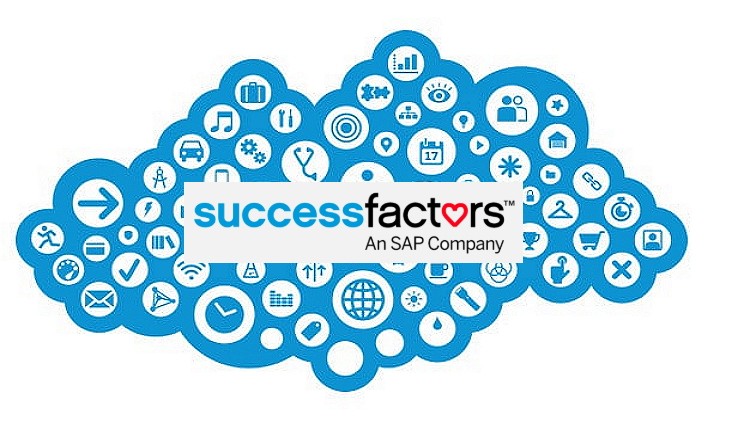SAP Successfactors Odata and SFAPI API-How to work with them

Why take this course?
-
Effective Dated Entities - These are entities that have an associated timestamp, which defines when the data is valid. They are used extensively throughout SuccessFactors to manage historical and real-time data for objects such as employee records.
-
Effective Dated Entities: The Concept - An effective dated entity is a record whose state at a certain time can be queried or reported upon. It's important in systems that need to track changes over time, like attendance records, training records, or job history.
-
Effective Dated Entities: Advanced Concept - This involves understanding how effective dates interact with system events such as hires, terminations, and transfers. It also includes handling scenarios where multiple entries could exist for a given entity at the same point in time, due to effective dating.
-
Different Modes in which Data can be entered in Successfactors - There are several modes of data entry in SuccessFactors, each affecting how effective dated entities are handled:
- Initial Entry Mode: Entering data for an object that does not yet exist (an "add" operation). This will create a record with the current date as its 'fromDate'.
- Correction Mode: Correcting data in an existing record, which typically sets the 'toDate' of the old data and creates new data effective from the current date.
- Edit Mode: Editing an existing record's data. If the edit changes the 'fromDate', a new entity is created with the original 'fromDate' to 'toDate', and the edited data is entered with a new 'fromDate'.
- Insert Mode: Inserting a new version of an existing entity, which typically leaves the existing record intact and creates a new record with its own effective dates.
- Delete Mode: Deleting an existing entity. The 'toDate' of the deleted record is usually set to the current date, effectively "cancelling" it while maintaining historical integrity.
-
Understanding 'fromDate' and 'toDate' in Effective Dated Entities - These fields define the validity period of the data within an entity. The 'fromDate' indicates when the data becomes effective, and the 'toDate' indicates when it is no longer effective.
-
Dealing with Historical Data - When working with historical data, it's crucial to understand how changes over time are tracked and reported using effective dates. This includes scenarios where you need to query or report on what a record looked like at a specific point in time.
-
Handling Overlapping Records - In systems with effective dating, it's common to have records that overlap in time. The system must correctly manage these overlaps to ensure data accuracy and consistency.
-
Purge Rules - Understanding how to set up purging rules is essential for maintaining the integrity of effective dated entities while removing outdated records according to organizational policies and legal requirements.
-
Data Migration Considerations - When migrating data from one system to another, especially when dealing with effective dated entities, it's important to carefully plan the migration to ensure that all historical data is accurately represented in the new system.
-
Performance Tuning - Optimizing queries and understanding how effective dates impact database performance can lead to better system responsiveness and improved user experience.
-
Compliance and Audit Requirements - Effective dated entities are critical for meeting compliance and audit requirements, as they provide a historical record of changes over time.
-
Impact on Reporting and Analytics - When designing reports or analytics tools, it's important to account for effective dating to ensure that the data presented is accurate for the specific date or time range in question.
-
System Administration and Maintenance - System administrators must understand how to manage effective dated entities, including setting up schedules for purges, handling bulk changes, and ensuring data integrity across the system.
-
User Experience and Best Practices - Designing user interfaces that effectively handle effective dating can greatly improve the user experience by making it clear how historical and real-time data are presented and managed.
-
Troubleshooting Common Issues - Identifying and resolving common issues related to effective dated entities, such as incorrect purge settings, overlapping records, or missing historical data, is part of maintaining a healthy system.
-
Advanced Topics and Scenarios - Exploring advanced topics like handling complex workflows with effective dated entities, customizing entity lifecycles, and integrating with external systems that also use effective dating.
By understanding these concepts and following best practices, you can effectively manage effective dated entities in SuccessFactors and ensure data accuracy and integrity throughout the system's lifecycle.
Loading charts...